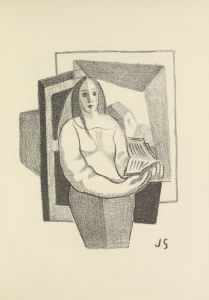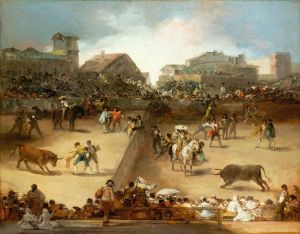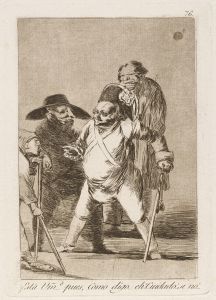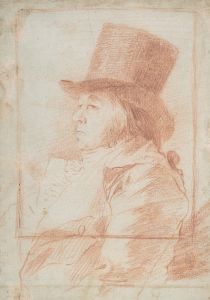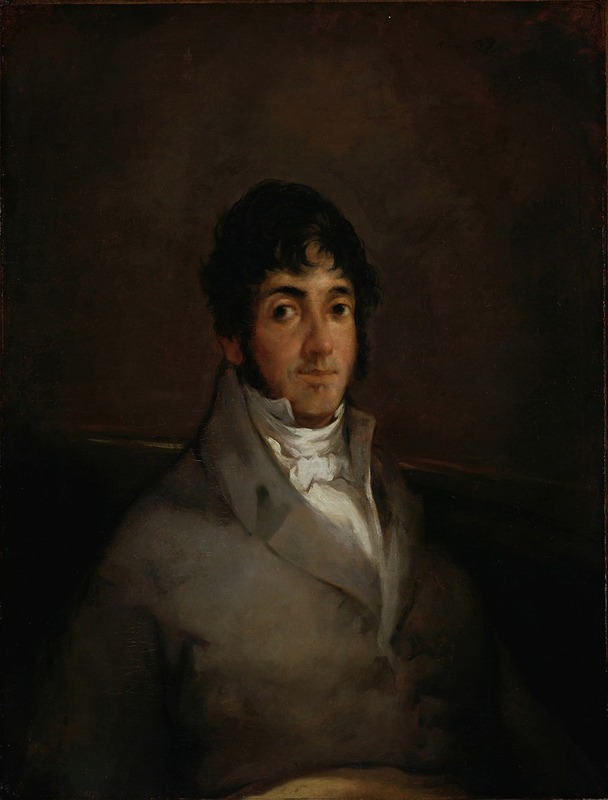
Portrait of Isidoro Maiquez
A hand-painted replica of Francisco de Goya’s masterpiece Portrait of Isidoro Maiquez, meticulously crafted by professional artists to capture the true essence of the original. Each piece is created with museum-quality canvas and rare mineral pigments, carefully painted by experienced artists with delicate brushstrokes and rich, layered colors to perfectly recreate the texture of the original artwork. Unlike machine-printed reproductions, this hand-painted version brings the painting to life, infused with the artist’s emotions and skill in every stroke. Whether for personal collection or home decoration, it instantly elevates the artistic atmosphere of any space.
Francisco de Goya's "Portrait of Isidoro Máiquez" is a notable work by the Spanish master, painted around 1807-1808. This portrait captures the likeness of Isidoro Máiquez, a prominent Spanish actor of the late 18th and early 19th centuries, known for his significant contributions to the modernization of Spanish theater. Goya, renowned for his ability to convey the psychological depth and character of his subjects, presents Máiquez in a manner that reflects both his profession and his personality.
In the portrait, Máiquez is depicted in a half-length pose, dressed in the attire typical of his profession, which includes a dark coat and a white shirt with a high collar. His expression is thoughtful and somewhat introspective, suggesting a man of intelligence and sensitivity. Goya's use of light and shadow in the painting is masterful, highlighting Máiquez's facial features and drawing attention to his expressive eyes, which seem to convey a sense of contemplation or perhaps the weight of his responsibilities as an actor and cultural figure.
The background of the painting is relatively plain, which is a common technique used by Goya to ensure that the viewer's focus remains on the subject. This simplicity in the backdrop allows the details of Máiquez's face and clothing to stand out more prominently, emphasizing the artist's skill in portraiture.
Isidoro Máiquez was an influential figure in the Spanish theater, known for his efforts to introduce new styles of acting and to reform the theatrical practices of his time. He was a proponent of a more naturalistic style of performance, moving away from the exaggerated gestures and declamatory style that had been prevalent. His work and ideas were instrumental in the evolution of Spanish theater, and he was highly regarded by his contemporaries for his talent and dedication to his craft.
Goya's portrait of Máiquez is not only a testament to the actor's significance but also a reflection of the artist's own interest in the cultural and intellectual life of Spain during a period of significant social and political change. The early 19th century was a tumultuous time in Spanish history, marked by the Peninsular War and the subsequent political upheaval. Artists like Goya were deeply affected by these events, and their work often reflects the complexities and challenges of the era.
The painting is housed in the Museo del Prado in Madrid, where it is part of a significant collection of Goya's works. The museum's collection provides insight into Goya's development as an artist and his ability to capture the essence of his subjects, whether they be members of the Spanish court, intellectuals, or cultural figures like Máiquez.
Overall, "Portrait of Isidoro Máiquez" is a fine example of Goya's portraiture, demonstrating his skill in capturing the personality and essence of his subjects. The painting remains an important piece within the context of both Goya's oeuvre and the history of Spanish art, offering viewers a glimpse into the life and times of one of Spain's most celebrated actors.








